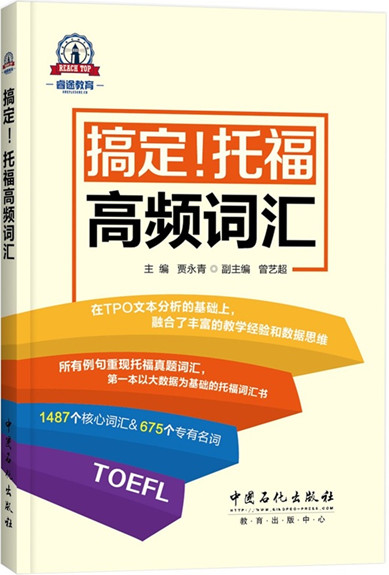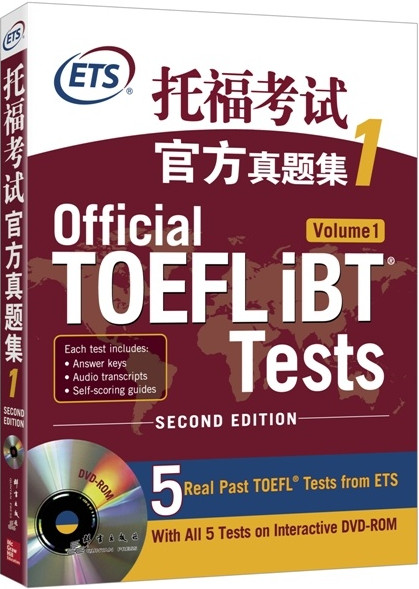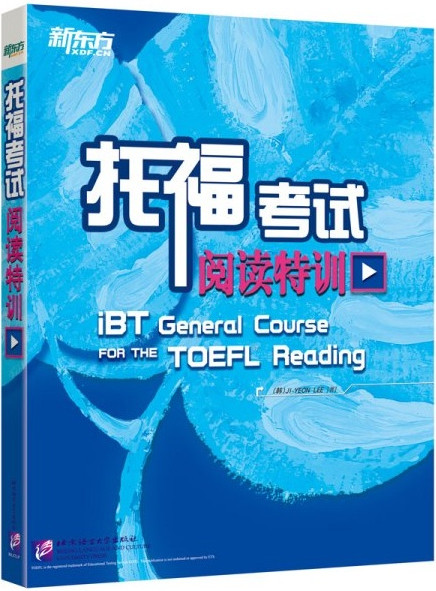2016���и���ԇ�����Ӗ�yԇ�}������
����Perhaps one of the most dramatic and important changes that took place in the Mesozoic era occurred late in that era, among the small organisms that populate the uppermost, sunlit portion of the oceans �� the plankton. The term "plankton" is a broad one, designating all of the small plants and animals that float about or weakly propel themselves through the sea. In the late stages of the Mesozoic era, during the Cretaceous period, there was a great expansion of plankton that precipitated skeletons or shells composed of two types of mineral: silica and calcium carbonate.
����This development radically changed the types of sediments that accumulated on the seafloor, because, while the organic parts of the plankton decayed after the organisms died, their mineralized skeletons often survived and sank to the bottom. For the first time in the Earth's long history, very large quantities of silica skeletons, which would eventually harden into rock, began to pile up in parts of the deep sea. Thick deposits of calcareous ooze made up of the tiny remains of the calcium carbonate-secreting plankton also accumulated as never before. The famous white chalk cliffs of Dover, in the southeast of England, are just one example of the huge quantities of such material that amassed during the Cretaceous period; there are many more. Just why the calcareous plankton were so prolific during the latter part of the Cretaceous period is not fully understood. Such massive amounts of chalky sediments have never since been deposited over a comparable period of time.
����The high biological productivity of the Cretaceous oceans also led to ideal conditions for oil accumulation. Oil is formed when organic material trapped in sediments is slowly buried and subjected to increased temperatures and pressures, transforming it into petroleum. Sediments rich in organic material accumulated along the margins of the Tethys Seaway, the tropical east-west ocean that formed when Earth's single landmass (known as Pangaea) split apart during the Mesozoic era. Many of today's important oil fields are found in those sediments �� in Russia, the Middle East, the Gulf of Mexico, and in the states of Texas and Louisiana in the United States.
����1. What does the passage mainly discuss?
����(A) How sediments were built up in oceans during the Cretaceous period
����(B) How petroleum was formed in the Mesozoic era
����(C) The impact of changes in oceanic animal and plant life in the Mesozoic era
����(D) The differences between plankton found in the present era and Cretaceous plankton
����2. The passage indicates that the Cretaceous period occurred
����(A) in the early part of the Mesozoic era
����(B) in the middle part of the Mesozoic era
����(C) in the later part of the Mesozoic era
����(D) after the Mesozoic era
����3. The passage mentions all of the following aspects of plankton EXCEPT
����(A) the length of their lives
����(B) the level of the ocean at which they are found
����(C) their movement
����(D) their size
����4. The word "accumulated" in line 8 is closest in meaning to
����(A) depended
����(B) matured�����
����(C) dissolved
����(D) collected
����5. According to the passage , the most dramatic change to the oceans caused by plankton during the Cretaceous period concerned
����(A) the depth of the water
����(B) the makeup of the sediment on the ocean floor
����(C) the decrease in petroleum-producing sediment
����(D) a decline in the quantity of calcareous ooze on the seafloor
����6. The "white chalk cliffs of Dover" are mentioned in line 14 of the passage to
����(A) show where the plankton sediment first began to build up
����(B) provide an example of a plankton buildup that scientists cannot explain
����(C) provide an example of the buildup of plankton sediment
����(D) indicate the largest single plankton buildup on Earth
����7. The word "prolific��a(ch��n)��" in line 17 is closest in meaning to
����(A) fruitful
����(B) distinct
����(C) determined
����(D) energetic
����8. The word "ideal" in line 20 is closest in meaning to
����(A) common
����(B) clear
����(C) perfect
����(D) immediate
����9. The word "it" in line 22 refers to
����(A) biological productivity
����(B) oil
����(C) organic material
����(D) petroleum
����CCADB CACC
�����]
- ģ�Mԇ�}
- �v�����}





